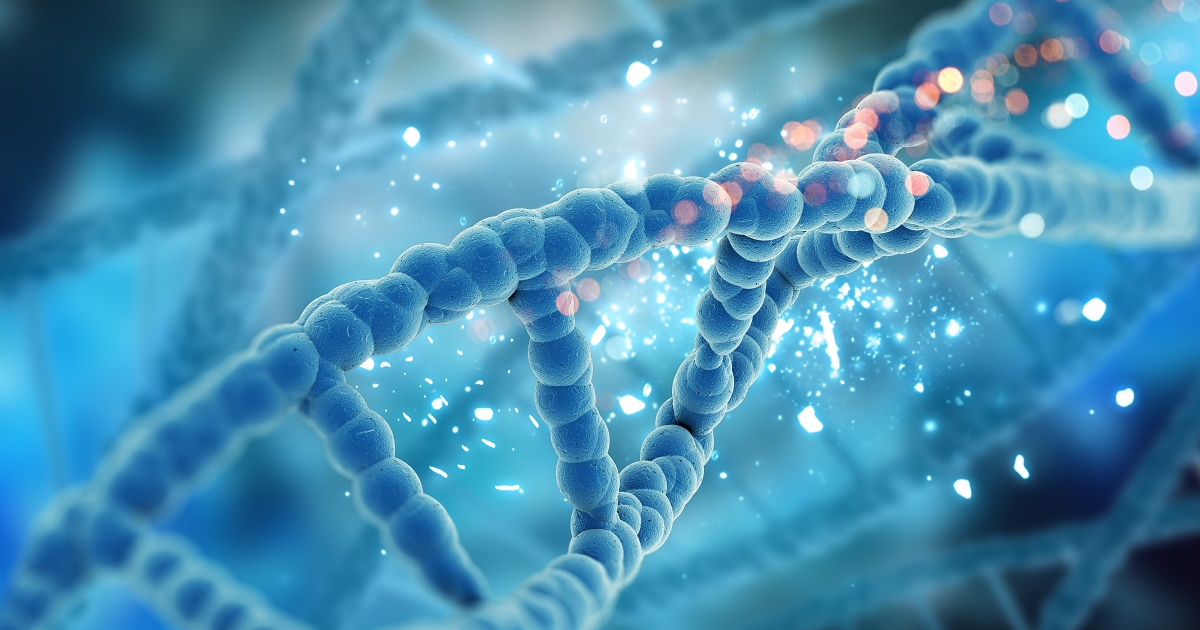What main factor should be considered in order to optimise the efficacy of an active ingredient? What do cyclodextrins have to offer in terms of a solution?
S. Gouin: The solubility of an active ingredient is crucial with respect to developing a formulation. Many drug candidates are too hydrophobic to be used as is for in vivo studies. Their inclusion into a cyclodextrin resolves this issue by significantly increasing their water solubility. The active ingredient is thus dispersed in the bodily fluids and is able to reach its intended target.
We developed sugar-based compounds that selectively detach certain E. coli bacterial strains that are responsible for the inflammation of the intestinal wall in Crohn’s disease patients. A company called Enterome is currently developing a drug candidate (Phase IIa clinical trials) based on this concept. Our collaboration revealed that several of our key compounds were very active, yet too water insoluble to be used pure. Owing to cavity-matched cyclodextrin encapsulation, we managed to increase their water solubility significantly by up to several dozen grams per litre.
To what extent do cyclodextrins improve the preservation of active ingredients?
D. Alvarez Dorta: The molecules might be perfectly water soluble, yet degrade over time, which undermines the effectiveness of the active ingredient. Encapsulation preserves these delicate molecules by protecting them from oxidation, light and heat.
This is how we were able to stabilise the active ingredient of a myorelaxant medication used in anaesthesia: we encapsulated the molecule in commercial cyclodextrin. Degradation tests showed a very significant level of stabilisation of the muscle relaxant, both in solution and in a lyophilised preparation for reconstitution. As a result, this medication can now be stored at room temperature for two months without losing efficacy.
Cyclodextrin encapsulation clearly presents an effective method for significantly increasing the effect of unstable and low-solubility active ingredients. How do you go about encapsulating these molecules?
S. Gouin: Through various analytical techniques, we select the cyclodextrin that is best suited to the compound requiring encapsulation: the ligand. We measure the affinity of the cyclodextrin for the ligand, and then blend them with an organic solvent to create the inclusion complex. Once encapsulated, we determine the obtained gain in solubility. Lastly, we prepare the inclusion complex in the form of an easy-to-use powder.
What specific expertise does cyclodextrin encapsulation require?
D. Alvarez Dorta: The difficulty lies in optimising the cyclodextrin’s affinity for the ligand. The properties of the cyclodextrin are chemically modified in order to correctly encapsulate the ligand.
One laboratory wanted to use cyclodextrin as an antidote for an active ingredient. The commercially available cyclodextrin didn’t have enough affinity for the active ingredient, so we carried out a selective functionalisation of the cyclodextrin until we had managed to increase the cyclodextrin’s affinity for the compound by a factor of 1000.
Are you able to encapsulate all molecules in cyclodextrin?
S. Gouin: We play around with the size of the inclusion cavities of the various cyclodextrins (alpha, beta and gamma) in order to encapsulate molecules of different sizes. The encapsulation can either be complete, for small molecules, or partial, for larger ones. In most cases, only the most hydrophobic part is encapsulated, which is enough to significantly increase water solubility.
To find out more about cyclodextrin synthesis and its applications, we invite you to either explore our know-how in glycochemistry or to contact us directly.



